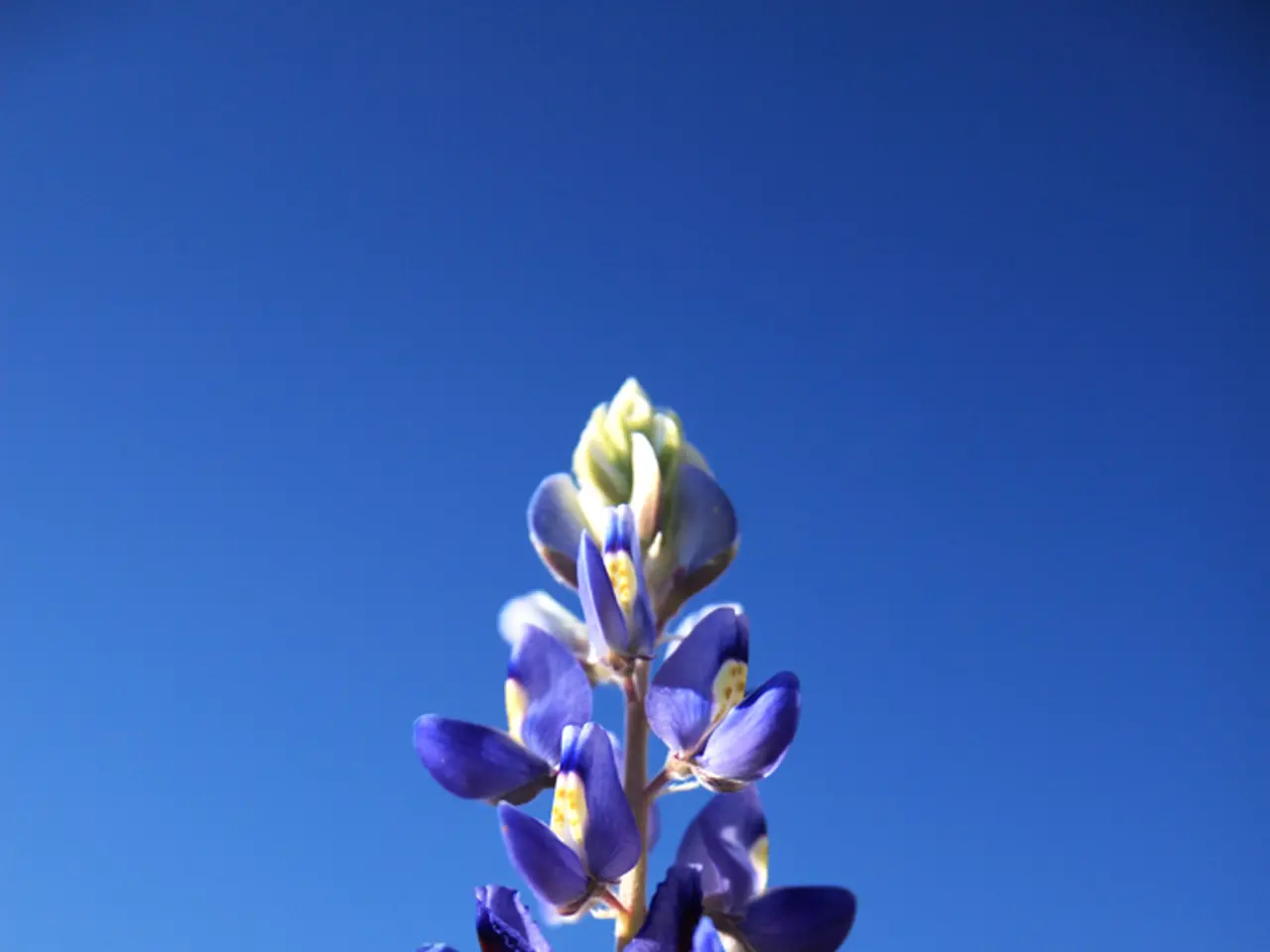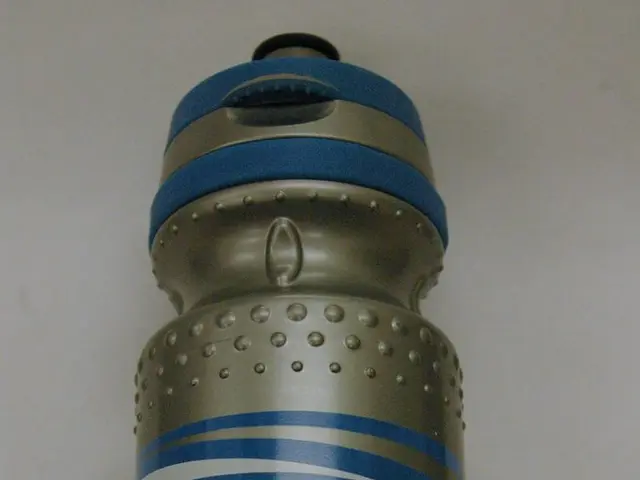Bluetongue Outbreaks Confirmed in Wales: APHA Urges Farmers to Act
Two cases of Bluetongue, a serious viral disease affecting livestock, have been confirmed in Wales, sparking immediate action from the Animal and Plant Health Agency (APHA). The virus was detected near Presteigne, Powys, and Chepstow, Monmouthshire on Friday, 26 September. APHA vets are now investigating the cases, with further outbreaks confirmed in subsequent days.
Bluetongue is spread by biting midges and can be transmitted through infected animals and biological products. It causes severe clinical signs in cattle and sheep, including lethargy, mouth and nose ulcers, fever, and abortion. In cattle, the virus can also be present without causing visible symptoms, posing a risk to other animals. Pregnant animals can pass the virus to their foetuses, leading to abortions, birth defects, and death of newborns.
The APHA has urged farmers and livestock owners to contact them immediately on 0300 303 8268 if they suspect any signs of the disease. They have also advised visiting gov.uk for the latest updates on the situation. As of Monday, 1 October, cases have been confirmed in Ceredigion, with two more outbreaks reported near Llangammarch Wells and Gladestry, Powys on Tuesday, 30 September. Veterinary and epidemiological investigations are ongoing to determine the source of the infections.
Bluetongue poses a significant threat to the livestock industry, and swift action is crucial to prevent its spread. Farmers and animal owners are advised to remain vigilant and report any suspected cases promptly. The APHA continues to monitor the situation and provide updates to ensure the safety and health of Wales' livestock.
Read also:
- MRI Scans in Epilepsy Diagnosis: Function and Revealed Findings
- Hematology specialist and anemia treatment: The role of a hematologist in managing anemia conditions
- Exploring the Essentials: Understanding Magnetism at its Core in an Educational Perspective
- Delineating the Complex Interplay of Attraction and Repulsion: Unraveling the Intricate Magnetic Forces








